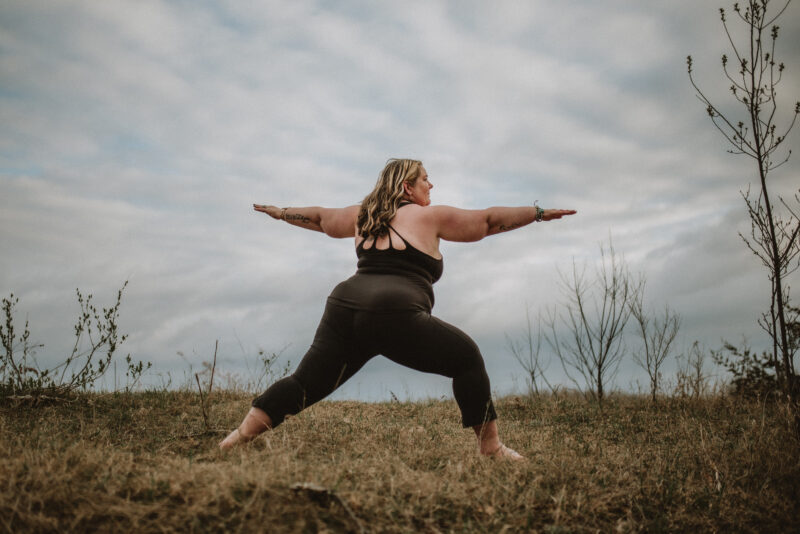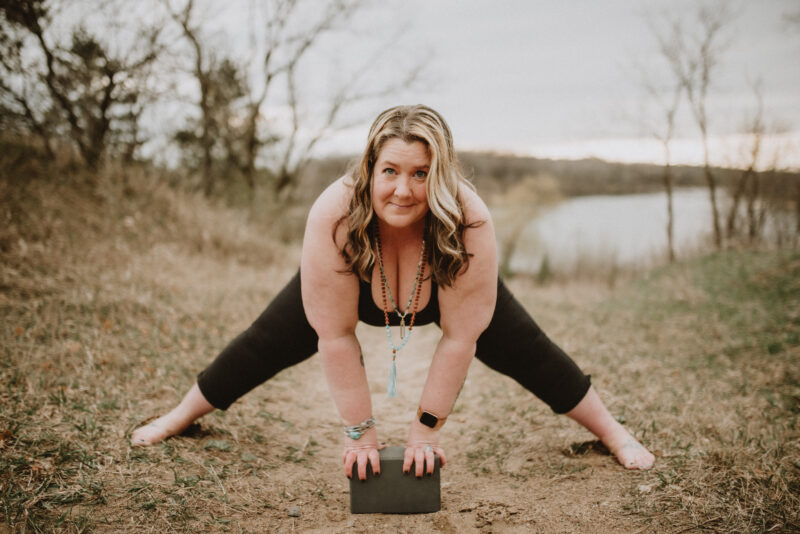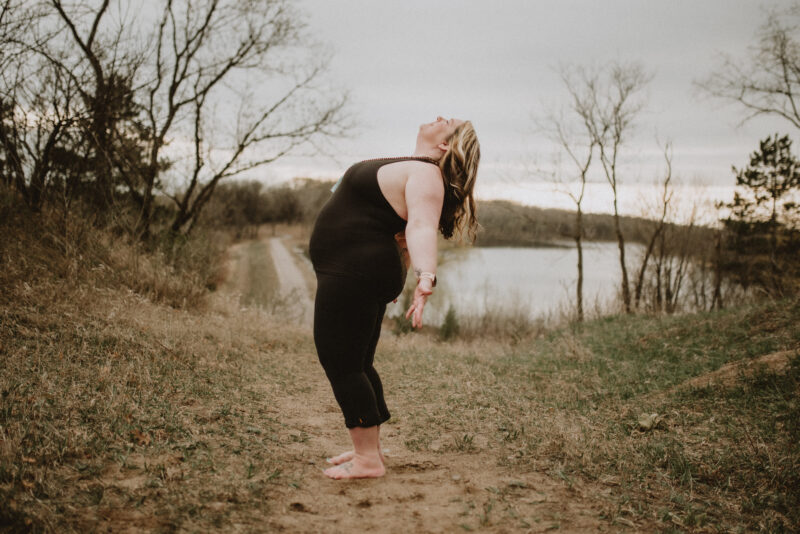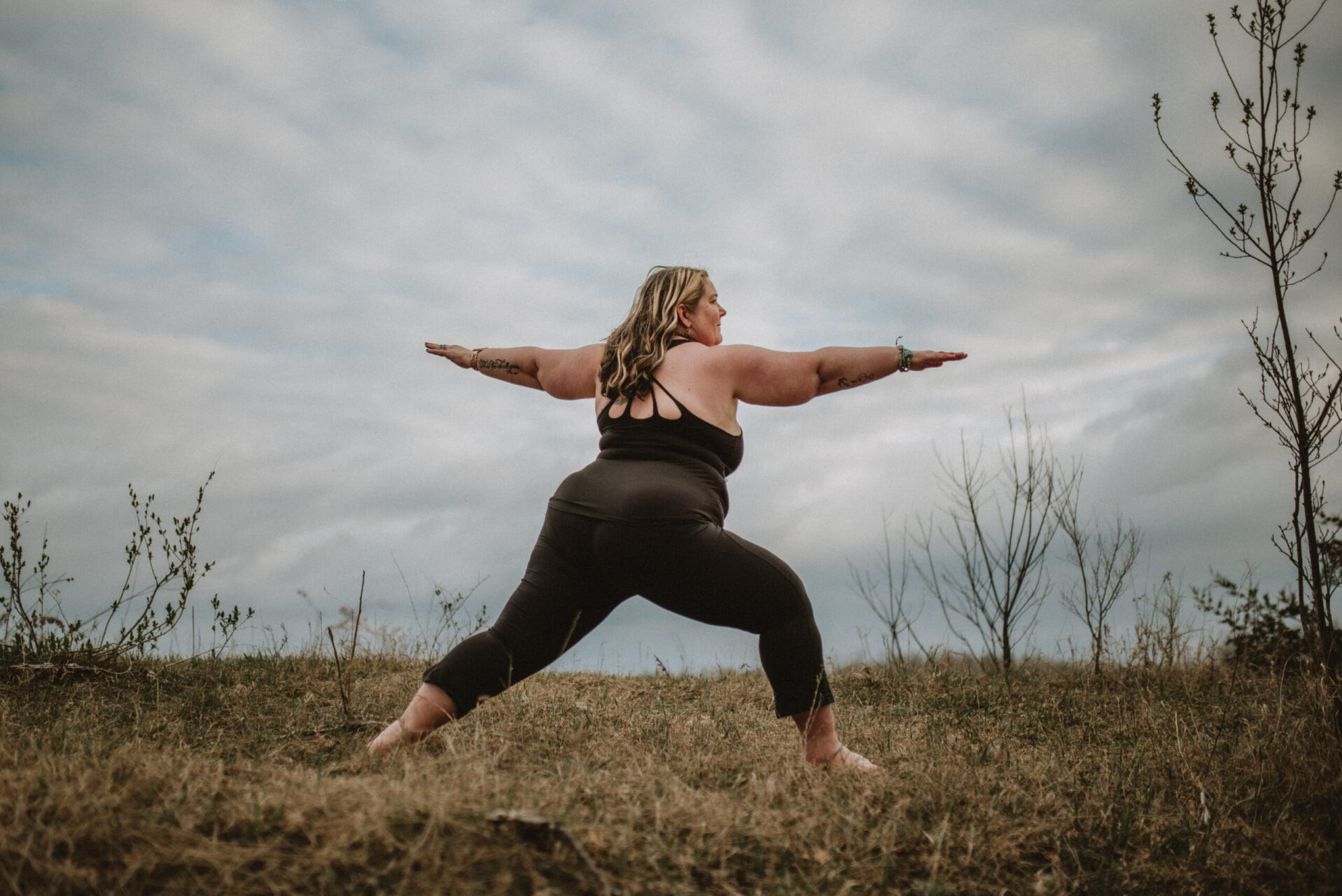Finding Courage When You Feel Like an Imposter | By Amy Zellmer
Imposter syndrome affects almost every single one of us at some point in our life/career. I have seen it rear its ugly head in every industry I have worked in, and the yoga community most definitely is not exempt from its grips.
WHAT IS IMPOSTER SYNDROME?
It often shows up as feelings of self-doubt and personal incompetence that continually haunt you despite your education, experience and accomplishments. You feel like an imposter and worry that others will see right through you, that you’re not qualified to teach/work in your field — even though you are more than qualified and experienced. It tends to disproportionately affect high-achieving individuals, which by and large describes most entrepreneurs.
DO YOU FIND YOURSELF SAYING THINGS LIKE:
•“I’m not good enough to teach this.”
•“They’re going to see right through me.”
•“There are better teachers out there
than me.”
•“Why would anyone want to work with me
when they can work with ____?”
•”I don’t know enough about XYZ to teach it.”
•“Nobody will like me.”
SO, WHAT IS IMPOSTER SYNDROME, REALLY?
While it may show up differently in each of us, there is always some element or combination of limiting beliefs, lack of confidence, negative self-talk and trauma. It’s easy to see others succeeding and think that you are not worthy of the same level of success. Social media has no doubt had an effect on the way we view others, as well as ourselves. We continually compare ourselves to what we see others posting; even though, at some level, we know that they are only posting the highlight reels and not showing the low moments or their own imposter syndrome.
WAYS IT CAN SHOW UP:
•Procrastination
•Perfectionism
•Self-Sabotage
•Worthlessness (I’m not worthy)
•Fear of failure (or, more likely, fear of success)
•Resistance to change
WHAT TO DO ABOUT IT?
Now that you can identify it, rest assured that it is possible to overcome it by finding your bravery. It can be intimidating to put yourself out there as a teacher, but know this: there is someone out there who needs to hear exactly what you have to say. Sometimes, it may feel as though our industry is saturated with yoga teachers or educators, but know that YOU have a unique message that ONLY YOU can deliver. Your combination of education, lived experience and unique teaching style makes you YOU.
Turn to svadhyaya, or self-study. As hard as it may be sometimes, we are truly infinitely flexible beings. We were divinely designed to adapt to change, even though we often resist it. Remember that ahimsa (do no harm) applies not only to others but to ourselves as well. When we limit beliefs or think negatively about ourselves, we are causing ourselves harm — as well as to others by not sharing our knowledge with them.
It takes courage to step into our best version of ourselves … the version you were meant to be even though you may be self-sabotaging yourself because of the fear that is holding you back.
Take some time to turn inward and connect with your higher self. It is important to explore ‘I AM’ statements in an introspective way — asking ourselves “who do I want to become?” instead of what the ego wants us to think we are. The ego likes to get in the way and make us doubt ourselves and our abilities. As the saying goes, “Yoga doesn’t make life better; it makes us better at life.” Take some time on your mat to connect with your higher self and meditate on your ‘I AM’ statements.
Don’t allow your limiting beliefs to keep you from creating the class, workshop or experience you want for your students. You don’t need another certification in order to create it. You just need to be brave and believe in yourself that you can deliver it. Thinking you need more training is a form of self-sabotage that keeps us from stepping into our power. As Nike says, “Just do it!”
WAYS TO STEP INTO OUR BRAVERY:
•Give yourself grace (self-compassion).
•Practice gratitude.
•Celebrate your successes, no matter how small or big.
•Accept and share your failures; there is someone who needs to hear them.
•Let go of perfectionism.
•Practice yoga.

1. PRACTICE STRONG STANDING POSES WITH YOUR “I AM” STATEMENTS:
• Warrior II
• Warrior I
• Triangle

2. PRACTICE FORWARD FOLDS WITH YOUR GRATITUDE PRACTICE:
• Standing forward fold
• Wide forward fold
• Seated forward fold

3. PRACTICE BACK BENDS AND HEART OPENERS FOR ACCEPTANCE:
• Standing back bend
• Cobra
• Camel
I AM confident.
I AM enough.
I AM inspiring.
I AM loved.
I AM courageous.
I AM resilient.
I AM vibrant.“I AM” statements to help you get started.
Photos courtesy of Amy Zellmer.
 Amy Zellmer is a TBI survivor, award-winning author, and editor-in-chief of MN YOGA + Life Magazine. She has a passion to spread the message that yoga is for every body, regardless of size or ability. She has her 200RYT, and she is in the process of completing her 500RYT. She is also certified in trauma-informed yoga, LoveYourBrain yoga, chair yoga, and the body-positive Yoga For All. Additionally, she hosts a podcast series, “Creating Wellness From Within.”
Amy Zellmer is a TBI survivor, award-winning author, and editor-in-chief of MN YOGA + Life Magazine. She has a passion to spread the message that yoga is for every body, regardless of size or ability. She has her 200RYT, and she is in the process of completing her 500RYT. She is also certified in trauma-informed yoga, LoveYourBrain yoga, chair yoga, and the body-positive Yoga For All. Additionally, she hosts a podcast series, “Creating Wellness From Within.”
Originally published in Winter + Spring 2022-23 issue.
Embodying your purest essence becomes easier when you feel truly at home in your body. Your frame is [...]

Subscribe to Our Tribe
Stay up to date with Y+L News, Events and special announcements.










